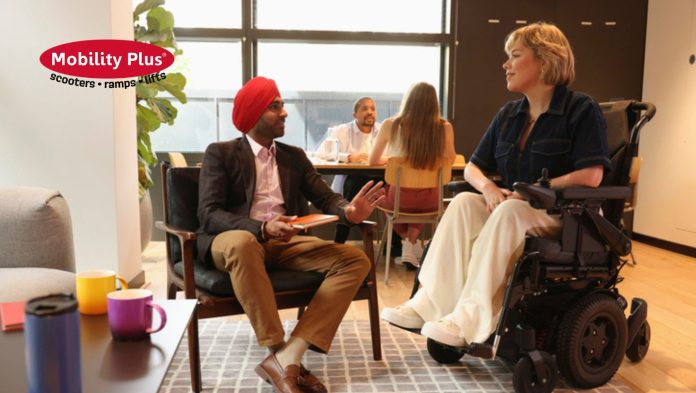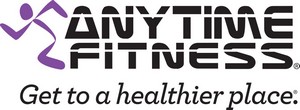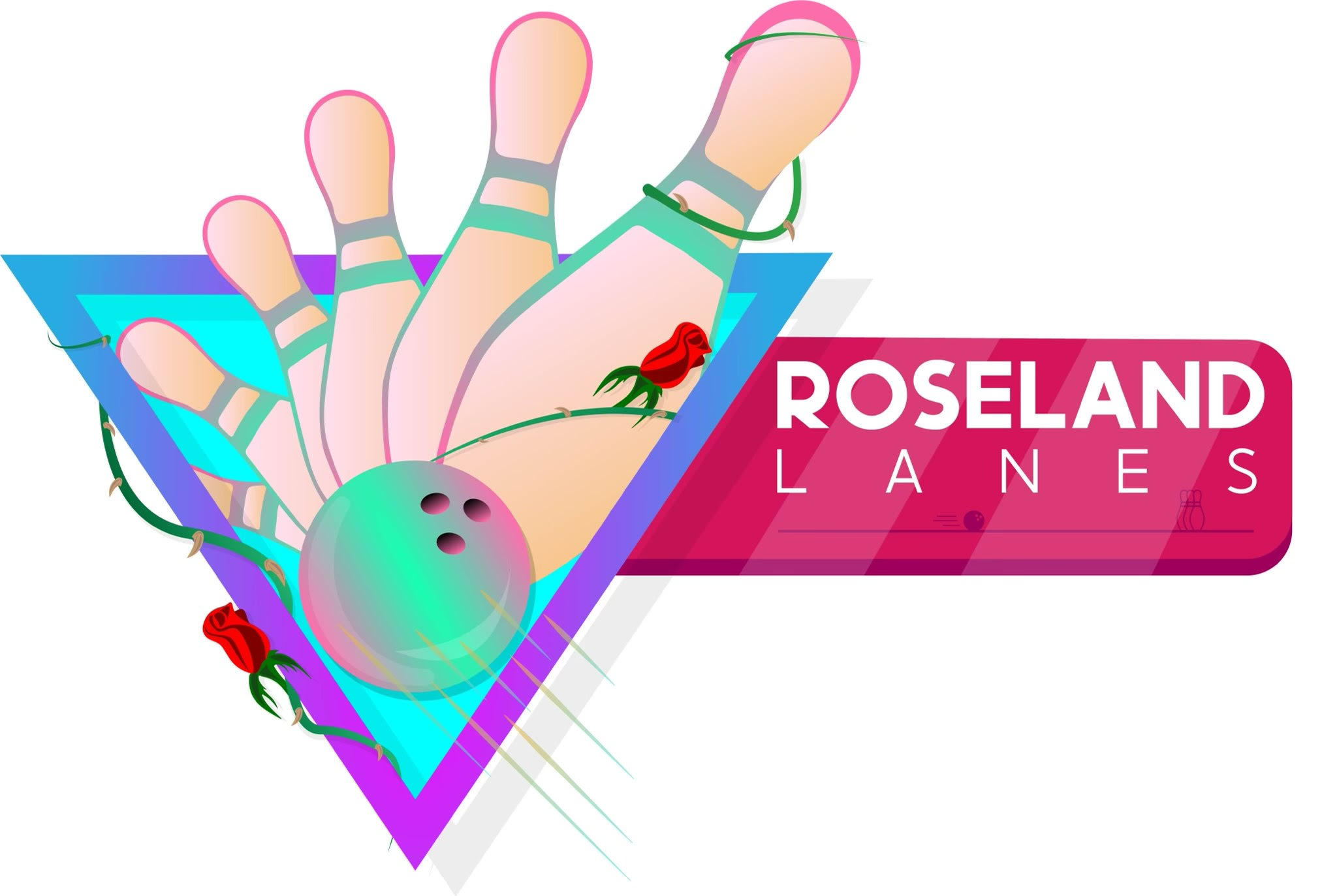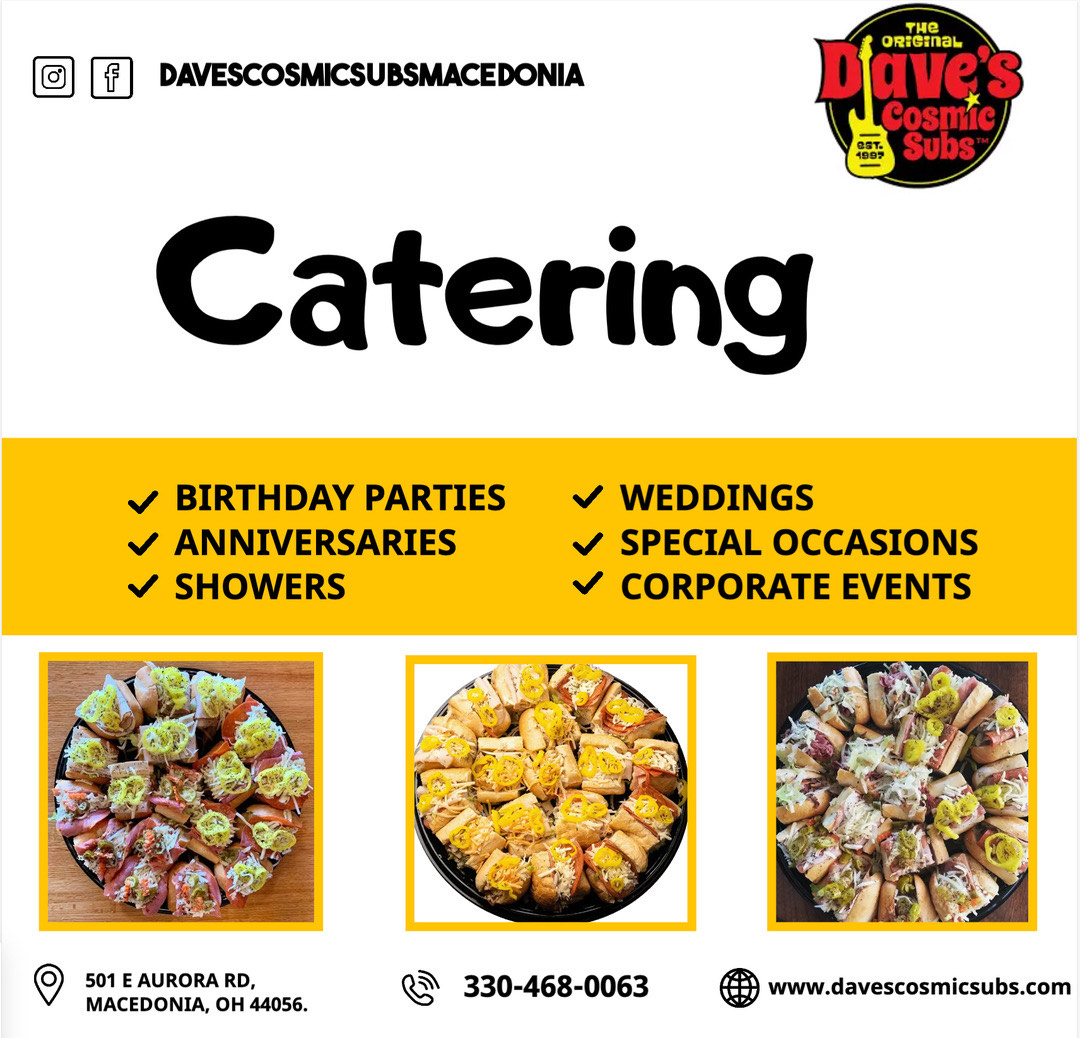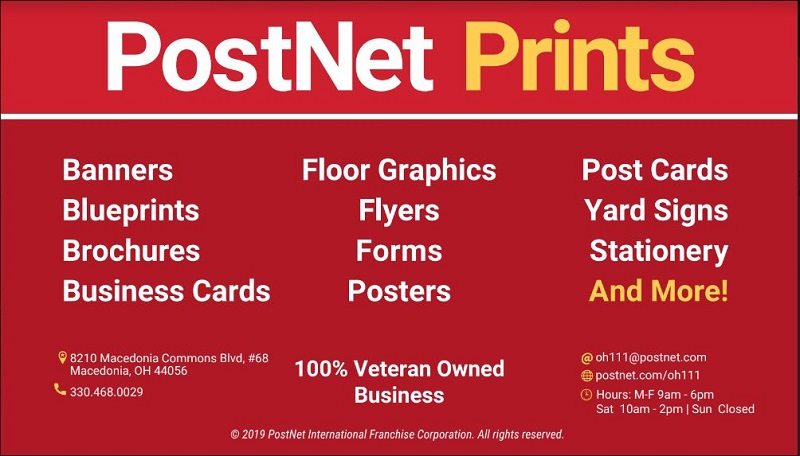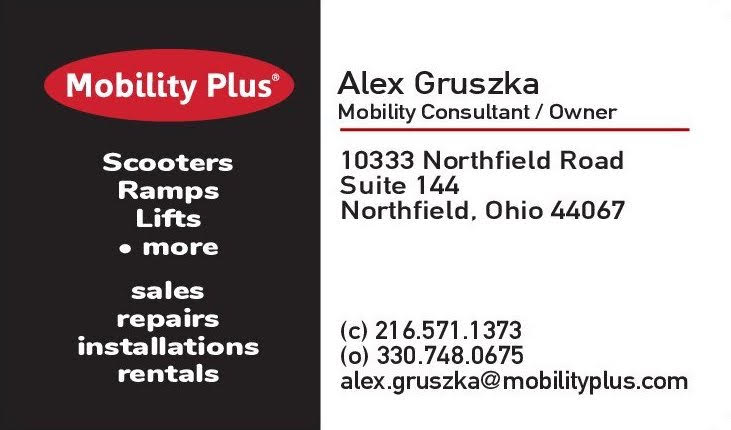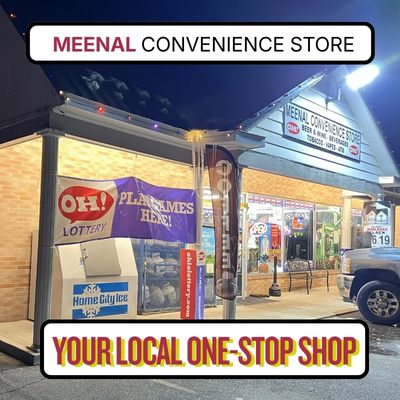Creating a More Inclusive World Through Respectful Interaction
Respectful interaction with mobility equipment users is not just a matter of etiquette—it’s a reflection of our collective commitment to dignity, inclusion, and understanding. Yet many well-intentioned people find themselves uncertain about how to interact appropriately with individuals using wheelchairs, walkers, scooters, or other mobility aids.
The truth is simpler than most people realize: people who use mobility equipment are people first. The key component for learning proper etiquette is to not assume how to act, and just treat a person using mobility equipment as a person—that’s what they are. However, understanding a few basic principles can help everyone feel more comfortable and confident in these interactions.
The Foundation: People First, Equipment Second
Understanding What Mobility Equipment Represents
Wheelchairs give the person in them a sense of mobility and allow them to take part in activities that they otherwise wouldn’t be able to. This gives the person a sense of individualism. Don’t classify persons who use wheelchairs as sick. Although wheelchairs are often associated with hospitals, they are used more frequently to help people with mobility disabilities get around their home, work, and community.
Essential Mindset:
- A person’s wheelchair is part of his or her body space and should be treated with respect
- Mobility equipment provides freedom and independence, not limitation
- The equipment is a tool that enables participation, not a defining characteristic
- Wheelchair use provides freedom—it is not in itself a tragedy
Common Misconceptions to Avoid
Many people make assumptions about people who use wheelchairs. Don’t do it. Never assume that you know a person’s abilities simply because they use a wheelchair. It’s possible that a person in a wheelchair is relieving back pain or avoiding overexertion.
Assumptions Not to Make:
- That the person cannot hear or understand you
- That they need help with every task
- That their cognitive abilities are affected by mobility challenges
- That their wheelchair use is temporary or will improve
- That they are incapable of independent living or work
Direct Interaction Guidelines
Making Initial Contact
When meeting someone who uses mobility equipment for the first time, the basic rules of polite social interaction still apply.
Greetings and Introductions:
- Always extend your hand to shake if that is what you normally do
- Just go for it—don’t hesitate or withdraw your greeting
- Speak directly to the person, not to companions or caregivers
- Make eye contact and maintain normal social distance
- Use the same level of formality with everyone present
If Someone Cannot Shake Hands:
- The person will let you know and guide you on how they prefer to greet
- Touch the person on the shoulder or arm to welcome and acknowledge their presence
- Don’t make a big deal of it or apologize excessively
- Follow their lead for alternative greeting methods
Maintaining Comfortable Conversation
If your conversation lasts more than a few minutes, consider sitting down to get yourself on the same level as the person in the wheelchair. It will keep both of you from getting a stiff neck. However, don’t crouch or bend down during brief exchanges, as this can seem patronizing.
Communication Best Practices:
- Speak directly to the person using mobility equipment, not to companions
- Maintain eye contact as you would with anyone else
- Use a normal tone and volume unless asked otherwise
- Don’t speak louder assuming hearing problems—mobility and hearing are unrelated
- If you don’t understand something, ask the person to repeat rather than pretending
Regarding Common Expressions: Don’t worry about using expressions such as “running along” or “walked away” when speaking to a person in a wheelchair. It’s okay to use phrases such as “Want to go for a walk?” to a person who uses a wheelchair. These are part of everyday conversation and are not offensive.
Respecting Personal Space and Equipment
Understanding Equipment as Personal Space
People with disabilities consider their equipment part of their personal space. A mobility device is a part of the individual’s personal space.
What Not to Do:
- Don’t hang or lean on mobility equipment unless you have the person’s permission
- Don’t use wheelchairs as coat hangers, bag holders, or resting spots
- Don’t pat someone on the head—it’s a degrading gesture regardless of the person’s seated position
- Don’t touch, move, or kick someone’s equipment without permission
- Don’t push someone’s wheelchair without asking first
Respecting Boundaries:
- Treat mobility equipment the same way you would treat someone’s body
- Ask before touching any part of the equipment, including handles
- Never move someone’s crutches, walker, cane, or other mobility aid without permission
- Keep aisles and pathways clear for easy navigation
- Don’t block accessible parking spaces or restroom stalls unless necessary
Offering and Providing Assistance
When and How to Offer Help
Always ask the person using the wheelchair if he or she would like assistance BEFORE you help. It may not be needed or wanted.
Proper Way to Offer:
- Ask clearly: “Would you like some help?” or “Can I assist you with anything?”
- Wait for a response—don’t assume and grab equipment or the person
- If they decline, respect that decision without offense
- If they accept, listen to and follow their specific instructions
- Don’t insist on helping if your offer is refused
When Assistance is Accepted:
- Offer assistance in a dignified manner with sensitivity and respect
- Listen carefully to instructions on how to help
- Follow their guidance—they know their equipment and needs best
- Don’t take over or do things your own way
- Ask questions if you’re unsure: “How can I help?” or “What would be most useful?”
Common Situations Requiring Sensitivity
Doors and Accessibility:
- Offer to hold doors open, but don’t rush the person through
- Allow them to position themselves before entering
- Some automatic doors work better for mobility equipment than manual ones
- Don’t assume they need help with every door
Navigation and Obstacles:
- If you notice an obstacle they might not see, politely point it out
- Don’t grab the wheelchair to steer around hazards without permission
- Offer to help clear a path if debris is blocking their route
- Allow them to assess and handle most situations independently
Interactions Involving Children
Teaching Children Appropriate Behavior
Don’t discourage children from asking questions about disabilities. Children have a natural curiosity that needs to be satisfied so they do not develop fearful or misleading attitudes.
Guidance for Parents:
- Talk to children about people with disabilities openly and positively
- Explain that mobility equipment helps people move around independently
- Teach children not to touch or play with mobility equipment
- Encourage respectful questions when appropriate
- Model appropriate behavior in your own interactions
What Children Should Learn:
- Wheelchairs are not toys or playground equipment
- It’s okay to be curious but important to be respectful
- People using mobility equipment are regular people who use tools to help them move
- Staring is impolite, but friendly acknowledgment is fine
Public Space Considerations
Accessible Facilities and Accommodations
Covered entities must allow people with disabilities who use manual or power wheelchairs or scooters, and manually-powered mobility aids such as walkers, crutches, and canes, into all areas where members of the public are allowed to go.
Respecting Accessible Spaces:
- Never use accessible parking unless you have proper credentials
- Don’t occupy accessible restroom stalls unless you have a disability or it’s an emergency
- Keep curb cuts and ramps clear of obstacles
- Don’t block aisles or pathways in stores or public spaces
- Allow wheelchair users to position themselves in restaurants, theaters, or events
Creating Inclusive Environments:
- Be aware of clear paths of travel for people who use mobility aids
- Consider seating arrangements that accommodate different mobility needs
- Don’t segregate mobility equipment users to separate areas
- Include them in all activities and conversations naturally
Social Situations and Activities
Including Everyone Naturally
Do not leave persons with disabilities out of a conversation or activity because you feel uncomfortable or fear that they will feel uncomfortable.
Social Inclusion Principles:
- Invite mobility equipment users to all activities you would invite others to
- Don’t make decisions about what they can or cannot do
- Include them in planning conversations
- Ask their preferences rather than assuming
- Accept when they decline invitations without making it a big deal
When Someone Offers to Help: Sometimes, someone using a wheelchair may offer to help with carrying bags or some other task. If this happens, accept their help. A wheelchair user knows their ability best, and everyone appreciates the opportunity to help someone else rather than always be helped.
What to Avoid: Common Social Mistakes
Inappropriate Behaviors
Don’t:
- Speak only to caregivers or companions while ignoring the person
- Talk over someone’s head or around them
- Make the disability or equipment the focus of conversation
- Ask intrusive questions about their condition or how they became disabled
- Treat adults like children because they’re seated at a lower height
- Stare, point, or make a spectacle of noticing mobility equipment
- Take photos without permission
- Use their equipment to steady yourself on public transportation
Language Considerations
While there’s divided opinion on specific language use, some general guidance helps avoid unintentional offense.
Generally Acceptable:
- Person-first language: “person who uses a wheelchair”
- Neutral descriptors: “wheelchair user” or “uses mobility equipment”
- Common idioms and expressions are usually fine
- Direct, clear language about accessibility needs
Generally Avoid:
- Terms like “wheelchair-bound” or “confined to a wheelchair”
- Describing people as “suffering from” conditions
- Medical or clinical language in casual conversation
- Drawing attention to the equipment unnecessarily
Workplace and Professional Settings
Professional Interactions
Treat people with disabilities as you would anyone else in professional settings, while making reasonable accommodations when needed.
Professional Courtesy:
- Focus on job performance and professional qualifications
- Don’t make assumptions about their capabilities based on equipment use
- Provide accessible meeting spaces and materials
- Include them in all professional activities and opportunities
- Ask about needed accommodations without making a production of it
During Meetings and Events:
- Ensure adequate space for mobility equipment
- Place materials within reach
- Consider sightlines and positioning
- Provide accessible presentation formats
- Schedule adequate time for movement between locations
Emergency Situations
Assisting During Emergencies
If you observe a person with a disability having difficulty during an emergency, ask if assistance is needed before taking action. Inquire how best to assist the individual and whether any precautionary measures need to be taken.
Emergency Protocols:
- Never leave someone behind or abandon their equipment
- Follow their instructions on how to assist
- Don’t attempt to carry someone without proper training
- Alert emergency personnel to anyone needing assistance
- Reunite people with their equipment as soon as possible
Moving Forward: Building Understanding
The etiquette of interacting with mobility equipment users is rather simple if we make it so. The foundation is treating everyone with the same respect, dignity, and courtesy you would want for yourself, while being aware of specific considerations related to mobility equipment.
By following these thoughtful guidelines, we help break down social barriers and create environments where everyone is recognized for their individuality, not defined by their mobility. Small gestures of respect and awareness can have a profound impact, making our communities more welcoming for all.
Remember that if you’re uncertain about the appropriate way to handle a situation, it’s perfectly acceptable to ask. Taking the effort to learn how to appropriately interact shows care and consideration, and most people appreciate genuine interest in getting it right.
The goal is simple: treat mobility equipment users as the individuals they are, respect their personal space and autonomy, offer help appropriately, and create inclusive environments where everyone can participate fully in community life.





